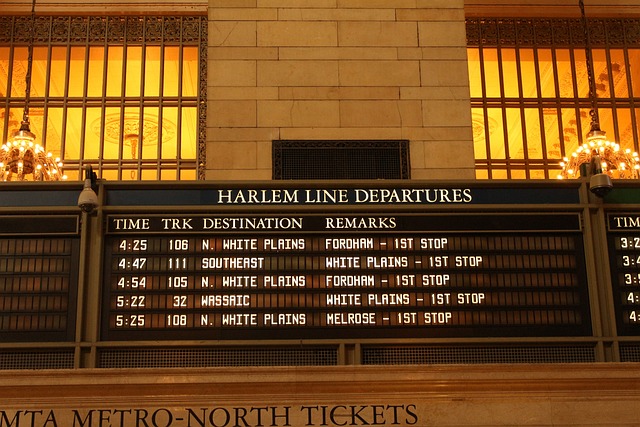Grand Central Terminal
Introduction
Grand Central Terminal is an iconic and historic rail terminal located in New York City.
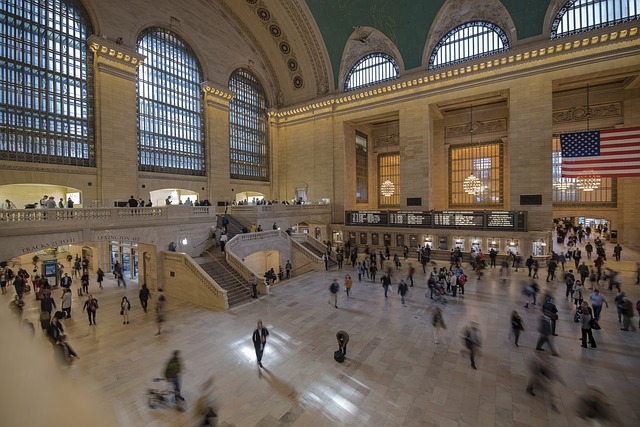
It is one of the busiest train stations in the North America and dates all the way back to 1913 when it was first opened. The Terminal is also renowned for its extraordinary and unique architecture and interior features.
It was also among the top ten most visited tourist attractions in the world. Another record held by the Grand Central Terminal is that it has 44 platforms, the most of any rail station in the world.
History
A need was felt for a large rail station in New York City as early as the mid-19th century. With the large number of passengers and trains reaching the city, a large space was required to serve as the terminal.
To this end, efforts began in the 1860s and a Second Empire style building was completed in 1871. This was known as the Grand Central Depot. The Depot underwent major renovations in 1890s to cater to an ever-increasing number of people.
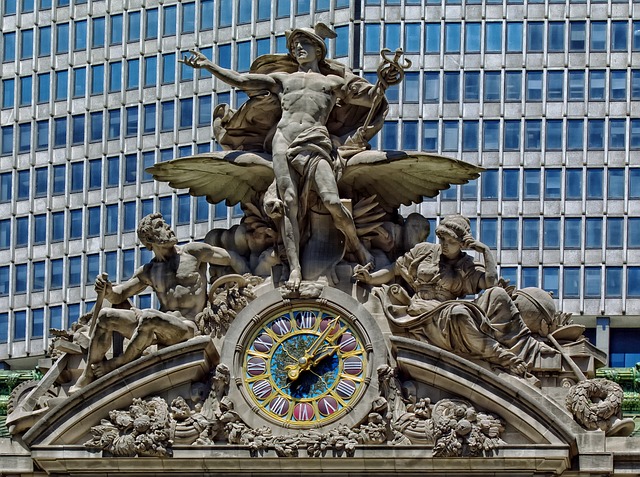
Planning and Construction
By 1903, it was clear that a new structure had to replace the older structure. Construction on the new Grand Central Terminal began the same year. By 1910, most of the structure was complete. The Grand Central Art Galleries opened in 1923. By 1947, the terminal was servicing nearly 65 million people annually.
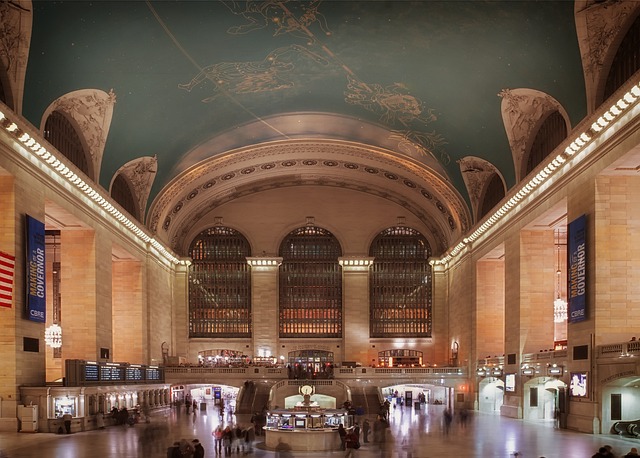
By 1970s, the terminal began to decline and its parent organizations faced bankruptcy. In 1975, it was included on the National Register of Historic Places. Some of the terminal’s space was later reused as a retail area.
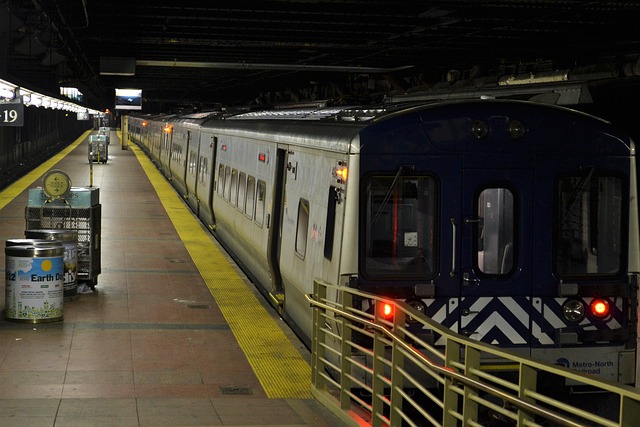
Architecture
The architecture of the Grand Central Terminal combines expansive spaciousness with meticulous details at a smaller level. The structure features a Beaux-Arts style of construction.
Large arched windows line the southern façade of the terminal, with each window flanked by Corinthian columns. Most of the structure has been built using granite. The entire terminal sprawls over an area of 48 acres and has 44 platforms.
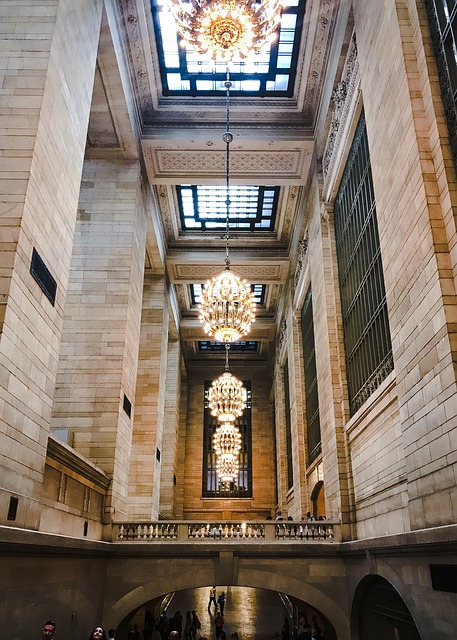
Interior Features
The interior of the Grand Central Terminal is home to various iconic features which makes this terminal one of the most popular tourist attractions in the world. One of the key interior spaces is the Main Concourse which measures 275 feet by 120 feet and is 125 feet high, producing a grand affect.
The ceiling has a barrel-vaulted style with a celestial mural. Globe-shaped chandeliers are another notable interior feature, with each chandelier weighing 800 pounds. In all, the terminal is home to ten of these chandeliers.
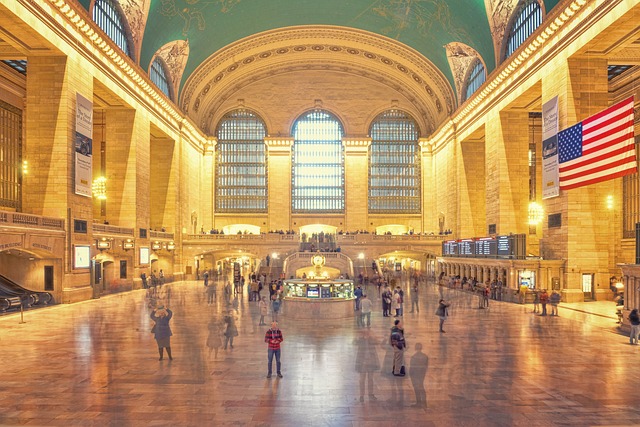
Passageways
The passageways of the Grand Central Terminal evoke a sense of spaciousness with grace. Passageways are grouped so that different passageways run through different buildings of the terminal. One of these, the Graybar Passage, is among the most notable.
It features a groin-vault ceiling with murals, a terrazzo floor and several other ornamental features. The Lexington Passage runs through the Grand Hyatt hotel while the middle passageway is where the Grand Central Market is housed. The passageways are one of the key tourist attractions of the site.
Learn more about the Grand Central Terminal at Wikipedia
Grand Central Terminal Hardcover – 1 Feb 2013
- Famous American Buildings
- Capitol Building
- Central Park New York
- Chrysler Building
- Empire State Building
- Flatiron Building
- Golden Gate Bridge
- Grand Central Terminal
- Jefferson Memorial
- Lincoln Memorial
- Memorial Statues
- One World Trade Center
- Statue of Liberty
- Top 10 American Buildings
- Top 10 American Memorials
- Top 10 American Skyscrapers – Awe Inspiring
- Wall Street
- Washington Monument
- Washington National Cathedral
- White House
- Willis Tower
